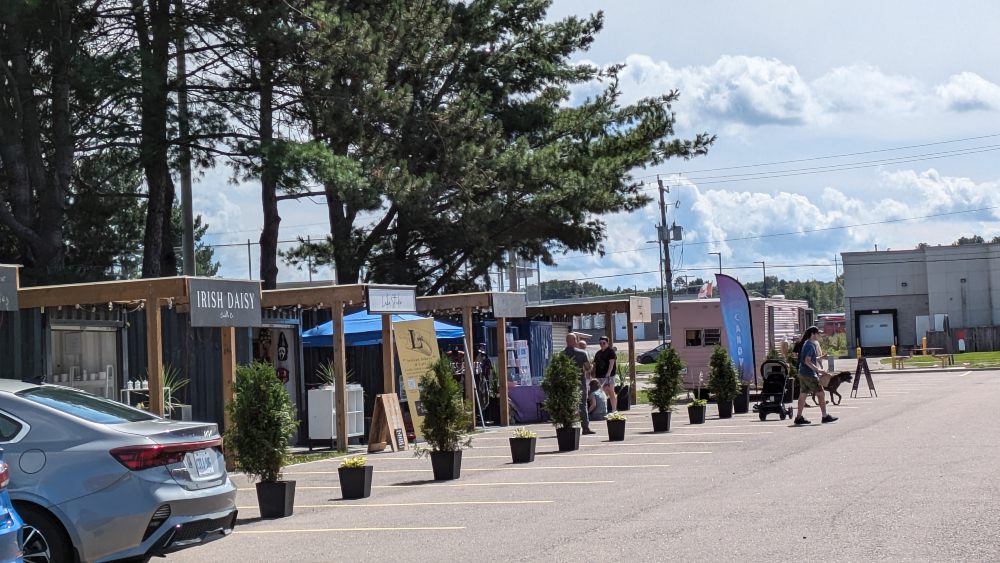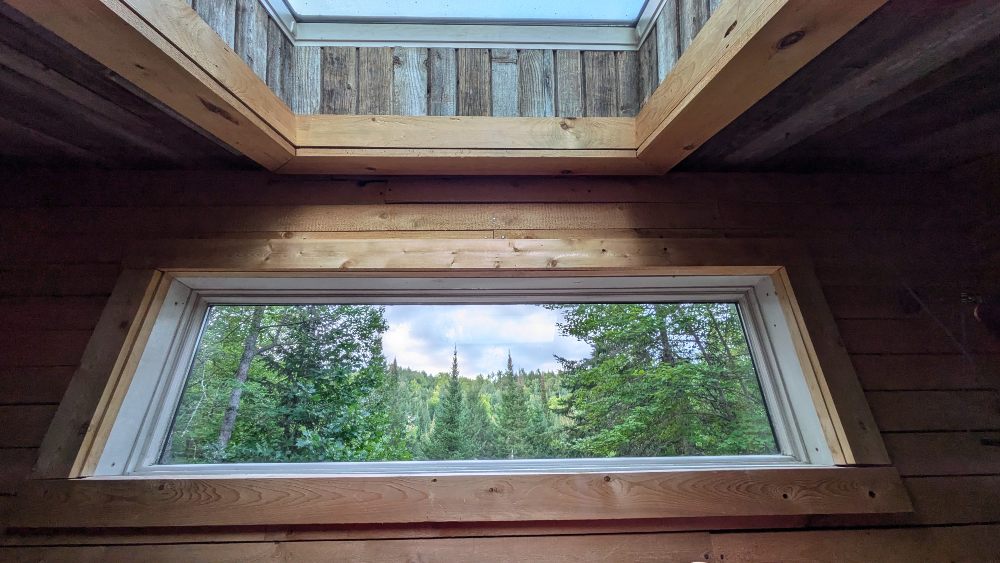
Indian Tea – Regions of the world of tea
This past month has been looking at the different tea producing areas of the world. India is a large tea producing nation with a lot of it’s own history before and after Independence, Indian tea has it’s own rich history within the nation as well. We’ll take a look at more well known tea producing regions in India like Assam and Darjeeling as well as lesser known regions like Dooars and Kangra.

History
There was quite a bit of harmony and conflict among the indigenous tribes in India as well as invasions from Central Asia.
1850s
The British East India Company controlled most of the country.
1857
This was when the first war of independence destabilized the British East India Company which led to British rule.
20th century
India strived for independence which was led by the Indian National Congress (INC). Mahatma Gandhi was a spiritual leader who grew in popularity. His leadership lead to many non-violent campaigns in the independent movement.
1947
India declared independence.
Geography of Indian tea
India is in Southeast Asia. It is bordered by the Arabian sea on the west, the Indian ocean on the south and by the Bay of Bengal on the east. India shares borders with Pakistan, China, Nepal and Bhutan on the north; Bangladesh and Burma on the east.
India is the 7th largest country by land mass in the world. In terms of population it is second to China with 1.18 billion people. India is the 11th largest economy by nominal GDP. It is a democratic country with 28 states and 7 territories.
History of Indian tea
750-500BC
Indian tea was documented in India’s famous epic poem Ramayana.
1598
The Dutch man, Jan Hughan van Linschoten, recorded locals eating tea as a vegetable. Tea was brewed in boiling water.
1788
Joseph Banks, a British botanist, reported climate in northeastern India as ideal for tea cultivation.
1823
Robert Bruce, a Scottish adventurer, discovered wild tea in Assam.
Maniran Dewan a local nobleman showed Robert Bruce plants, tea plants. Bruce died 2 years later without obtaining confirmation from the Botanical gardens in Kolkata that it was indeed tea. However, before his death, Bruch shared his knowledge with his brother, Charles.
1830s
Charles sent seed samples to Kolkata which then were confirmed to be tea plants as Camellia sinensis var. assamica. The British east India Company started cultivating tea in Assam. Attempts to grow the imported Chinese tea were made. However the indigenous plant was more successful and the British quit importing seeds from China.
1838
The first shipment of non-Chinese teas arrived in England.
1841
Teas cultivation in Darjeeling started. British surgeon, Campbell, was stationed in the area was the first to plant and to experiment with Chinese tea seeds in the garden in Beachwood, elevation 2000m.
1852
Others experimented with tea, Chinese and local varieties. Several tea estates were established including the first commercial tea gardens at Steinthal, Aloobaris and Tukvar.
1857
10-12 hectares were planted and 6 nurseries created.
1864
9 more tea estates were started including, Dhutaria, Ging, Ambootia, Phubsering, Badamtam, Makaibari.
6 main tea producing areas of Indian tea
Assam
Assam is in the north east corner of India. It borders Bhutan to the north, Bangladesh to the south. It is the world’s largest tea growing area spread across both sides of the Brakanaputra River. It is in the lowland costal region with a tropical climate.
Tea production in Assam
The tea in Assam is made from the Camellia sinensis var. assamica plant. There are more than 800 tea estates in Assam. Tea from this region is known for its body, briskness, strong malty flavours. It is used as the main component in breakfast tea blends. The growing season is from late spring to early fall. Most of the tea produced is from July to September.
First flush teas grown and pick from March to May create a strong but brisker, brighter and less coloured tea than other Assam teas. These teas are rarely exported because little is produced and demand is limited.
Second flush teas are the majority of the teas produced in Assam. The growing season coincides with the monsoon season.
Late season teas are from the winter harvest which is from September to December.
Most of the teas from Assam are CTC black teas and are used in tea bags. There are some orthodox produced green teas and other varieties.
Most of the teas estates are close to the sea level with elevations less than 100m; highest being 230m.
Darjeeling
Darjeeling is in the northern part of the west Bengal state. It is in northeastern india. It is a gateway to Assam. Silikim borders Darjeeling along the north; Jalpaiguire along the southeast; shares borders with Nepal on the west and Bhutan and Banlgadesh on the east.
Tea production in this region is from the Camelia sinenesis var. sinensis plant. Some Chinese/Assam hybrid jats; Assam hybrid jats are used. There are 90 tea estates with elevations ranging from 750-2000m. Tea from Darjeeling is called the Champagne of teas. A Darjeeling tea is a muscatel character; is light, bright and brisk depending on the season. The leaf has different levels of oxidation; there are green and brown leaves. The growing season is from April to October after which the bushes go dormant.
The tea season for Darjeeling has four periods
First flush is from March to April. These teas are highly prized around the world; have a light, delicate mild muscatel notes; is a bit astringent; the leaves are greenish and less oxidized.
Second flush teas are from May – June. These teas have more body; a roundness; muscatel notes; are less astringent; the leaves are less oxidized; there is more tip – more tips of the tea leaves. These are the best Darjeeling teas.
Monsoon season teas occur from July – September. These teas are more oxidized; less quality than first flush teas; the leaves are darker and the liquor plainer.
Autumnal flush teas are in the autumn from September – October. These teas are full bodied; more colourful leaf and liquor.
Darjeeling teas are produced using the orthodox method. Green, oolong, white teas are also produced in Darjeeling. Most grades of tea have high tip content, e .g SFTGFOP, FTGFOP, TGFOP, TGOP.
When drinking tea it’s great to have the vocabulary to describe what you’re tasting, seeing and smelling. The Tea Tasting Wheel is a great reference for this tea vocabulary and glossary of tea.
Nilgiri
Nilgiri is in the northwest edge of the Tamilnadu in southern India. It border Darnataka on the north. Nilgiri means, Blue Mountains, in Tamil, named after the Nilgiri hills in Western Ghat Mountains. The elevation is 1000-2500m. It is the second largest tea producing area in India behind Assam.
Tea production in Nilgiri is from the Camellia sinensis var assamica plant. Nilgiri has the same size land for cultivation as Darjeeling, 40 000ha, but produces 4 times as much tea as Darjeeling due to its tropical climate. Tea is picked all year round. The dry season from December to March, produced the best teas and are picked during the dry season. The teas have a mild mellow flavour.
Dooars
Due to the Darjeeling tea growing success, tea planting was extended to Dooars. Dooars is located south of the Himalayas. It is suited for growing Camellia sinensis var. assamica due to the lower elevation which is around 100-500m. Monsoon rains are from May – September. The teas from this region have a pale liquor; is light in flavour with a slight astringency.
Kangra
Kangra is in the north part of India. It is called the Valley of the gods. Its elevation is 700-900m. Teas planted in this region are the camellia sinensis var. sinensis due to the cooler climate and elevation. The first tea planted in this region was in 1849. In 1905 the area was ruined by an earth quake and it has still not fully recovered. There is about 2000ha of tea planted. The tea has a light, lingering sweet after taste.
Munnar
Munnar is the highest tea growing region with an elevation of 900-2000m. Tea plantations were first introduced in 1870. The teas from this region have Assam flavours; have a golden yellow-orange liquor with a strong body and a touch of fruity and malty taste.
References
- Everyone will love this hazelnut spread stuffed cookies recipe - November 18, 2024
- The Greely Good Market is a Modern Outdoor Market - September 3, 2024
- Our Quick Visit to the Petawawa Container Market - September 3, 2024







